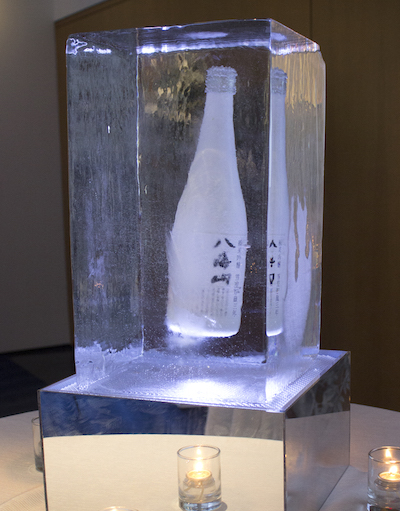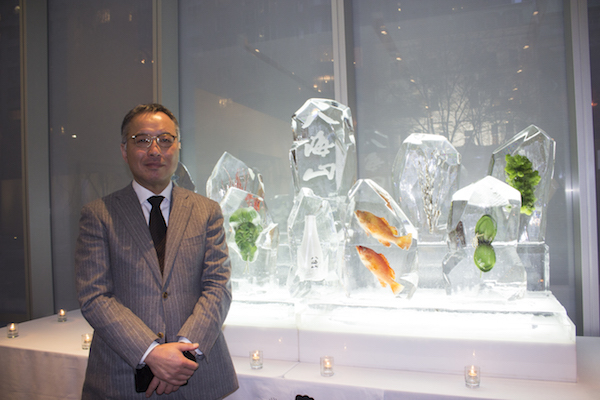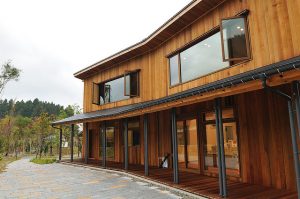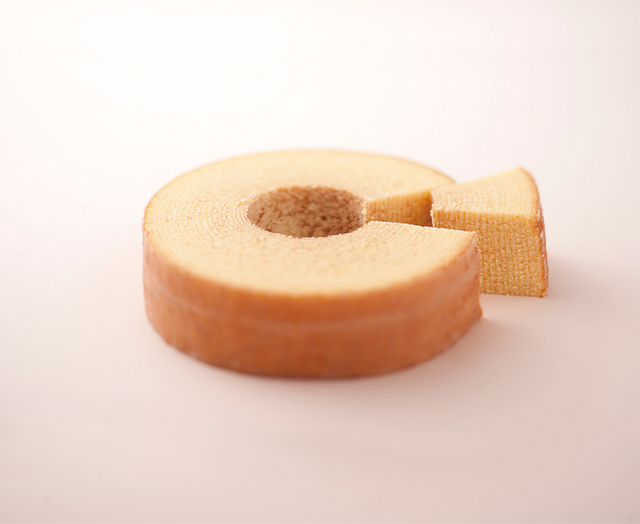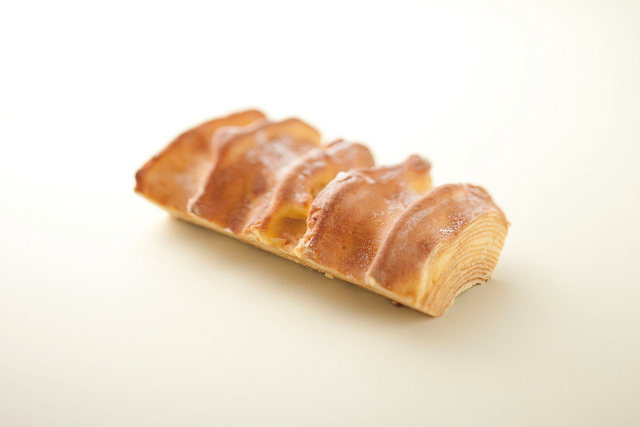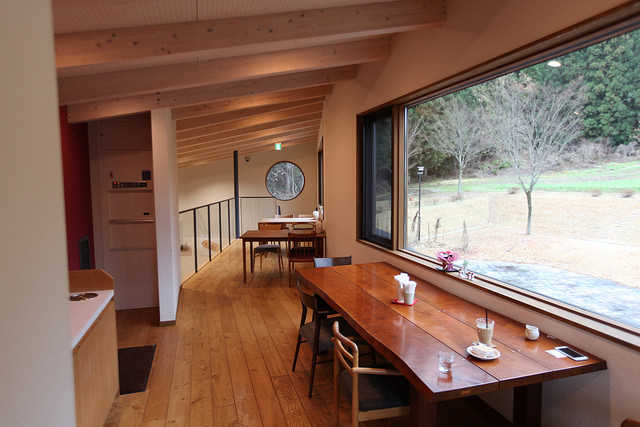
Hachi Kura Building
One of the great things about living here for one year is getting to know even more about Hakkaisan beyond the delicious sake. One place I spend a lot of time is Hakkaisan’s
Uonuma no Sato. Clustered around Hakkaisan’s Daini Kowagura Brewery, where Hakkaisan
Seishu and
Tokubetsu Honjozo are produced, Uonuma no Sato is a group of shops, cafes and restaurants that beautifully illustrate the connection between Hakkaisan and the local culture and community. Over the next few weeks, I’ll profile some of these facilities to introduce you to even more of what Hakkaisan has to offer.
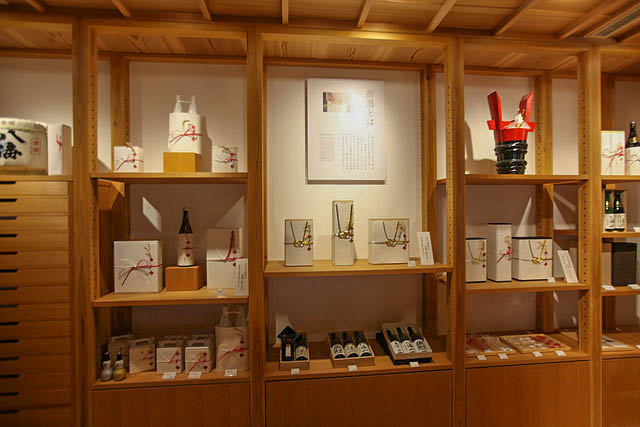
Inside Hachikura – Origata Gift wrapping central!
First off is Hakkaisan’s Hachikura. This is a beautiful gift shop housed in a old snow country house. Primarily, here you can buy all manner of Hakkaisan-produced goods… of course the full range of sake, but also fermented foods, sake cups and glassware, sake cosmetics and more. However, the Hachikura is not just your regular gift shop. They offer a service that is becoming more and more rare in Japan: Origata gift wrapping.
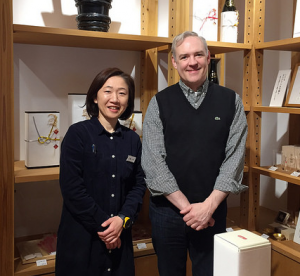
With Hachikura Manager and gift wrapping specialist, Jun Kitsu
Origata is a type of beautiful Japanese gift wrapping that uses a single sheet of paper with folds to wrap a gift, highlighting it’s shape. To hold the paper in place, Mizuhiki cords tied into knots are used. Mizuhiki is a type of stiff washi paper cord and each type of knot has its own colors and symbolic meanings. For serious gift giving occasions such as New Year’s day, weddings, births or funerals, gifts can be purchased at Hachikura and then professionally wrapped using Origata methods featuring the beautiful Mizuhiki knots.
The options and meanings of the different knots are staggering, so I asked Hachikura Manager Ms. Kitsu to be my guide. She explained the process and some of the basic meanings to me. First, a base paper is selected and this paper is used to wrap the item using folds alone with no cutting of the paper. Interestingly, the paper wrapping itself is used to emphasize the shape of the item, not to hide the contents of the gift as we do in the west. The next option is to select a knot to secure the paper to the gift.
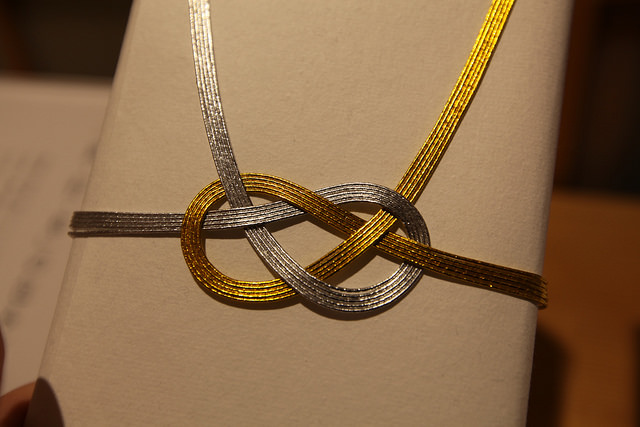
Awajimusubi. Pulling on this knot brings the circles closer together symbolizing close relationships.
The first knot I learned about was the “Awajimusubi”. This is a type of knot that can be used for both happy and sad occasions. It represents a close relationship that cannot easily be undone. When you pull on the ends of the strings, the knot is pulled tighter together symbolizing a closer relationship between the gift giver and receiver.
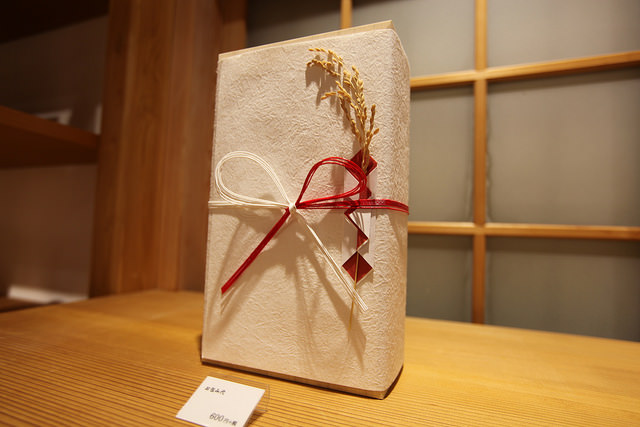
Hanamusubi. A knot that can easily be untied – a symbol for happy events you hope to repeat many times. The rice stalk is a hint to the contents inside.
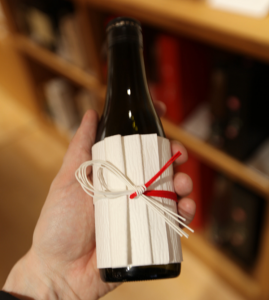
This hanamusubi allows one handed opening of the knot for round objects… like sake bottles (!)
Next I learned about “Hanamusubi”. This is a type of knot that is used to tie gifts for a happy occasion you wish to repeat, such as the birth of a baby. This type of knot is tied in such a way that it is easy to open when pulled, allowing for that happy event to happen again. Based on the shape of the package there are two types of Hanamusubi – flat items have two ends of the knot to pull while round items, such as a bottle of sake(!) have a single end to pull, allowing you to hold the item while opening.
Kitsu-san showed me that Hakkaisan also has it’s own original knot – the “Figure 8 musubi”! This knot is shaped like the number 8 and is meant to represent Hakkaisan (8 peaked mountain) after which Hakkaisan sake is named. It is simple and beautiful!
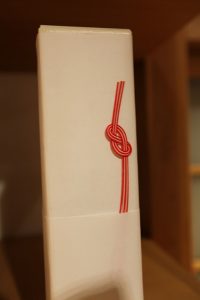
Hakkaisan’s Figure 8 Musubi. A decorative knot symbolizing 8 peaked Hakkaisan Mountian.
Gifts wrapped at the Hakkaisan Hachikura also often include a graceful stalk of rice grains slipped in behind the knot. This is a symbol of the gift’s origin – with sake and our fermented goods of course coming from rice!
The array of wrapping styles on display is beautiful. I can imagine if I received a gift wrapped in the Origata style, I would be very impressed. The simplicity and thoughtfulness of such gift wrapping is really beautiful. Going to these lengths to wrap a gift with such great attention to the paper, knots and colors is a sign of respect for the receiver of the gift.
When I think about some of the wrapping jobs I have done on Christmas or birthday gifts to friends and family in the past, I shudder to think about the amounts of scotch tape I used to hold the whole thing together. This visit to the Hachikura has inspired me to try Origata wrapping myself the next time I have to give a gift! And there is no better way than that to wrap up this blog post.
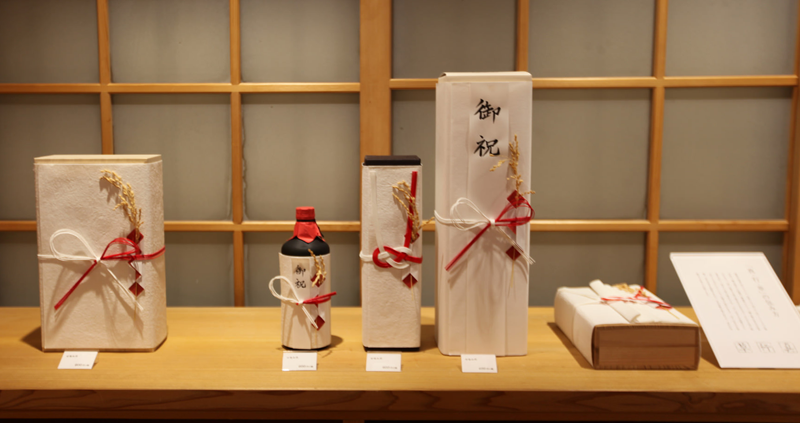
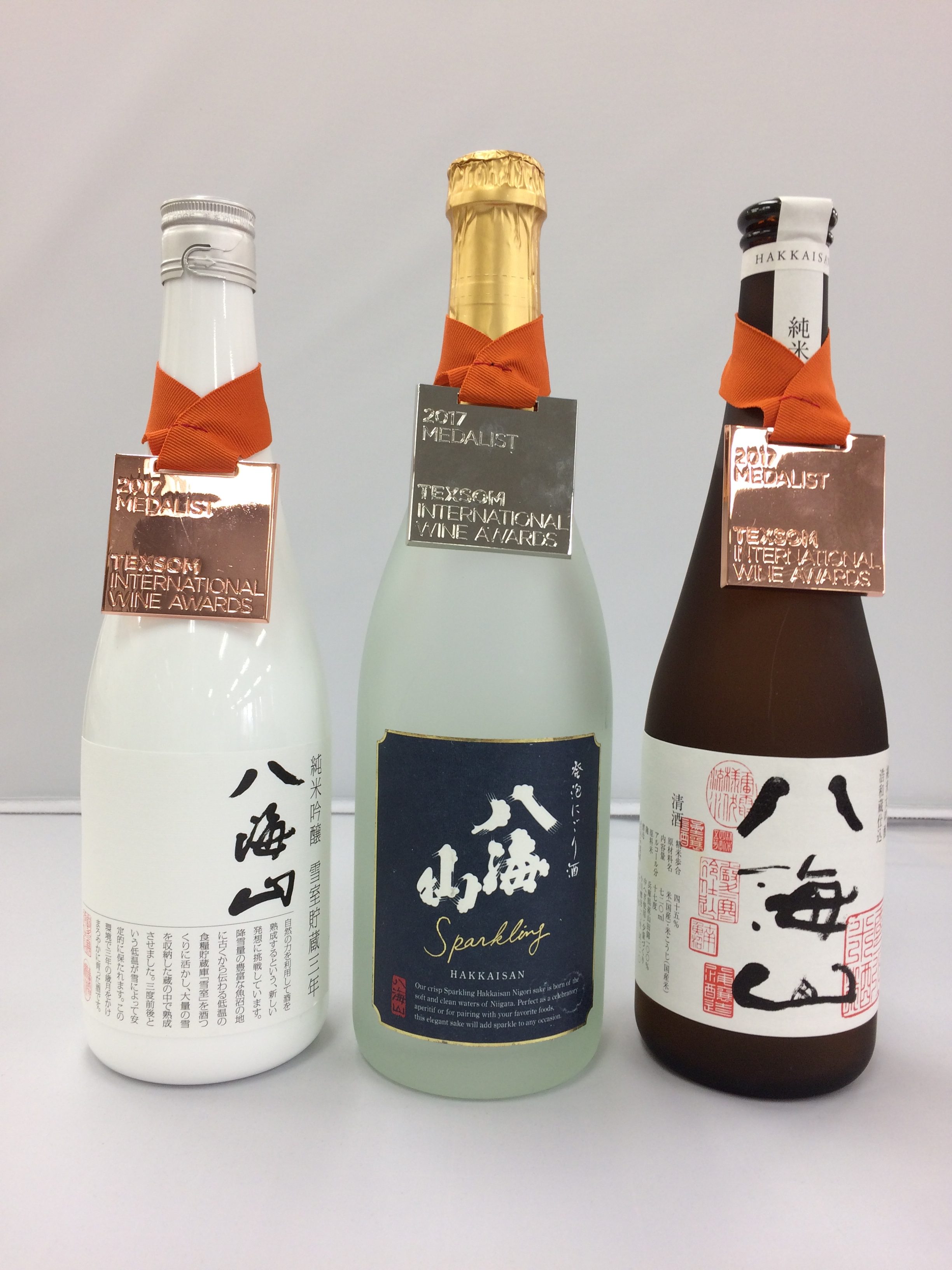







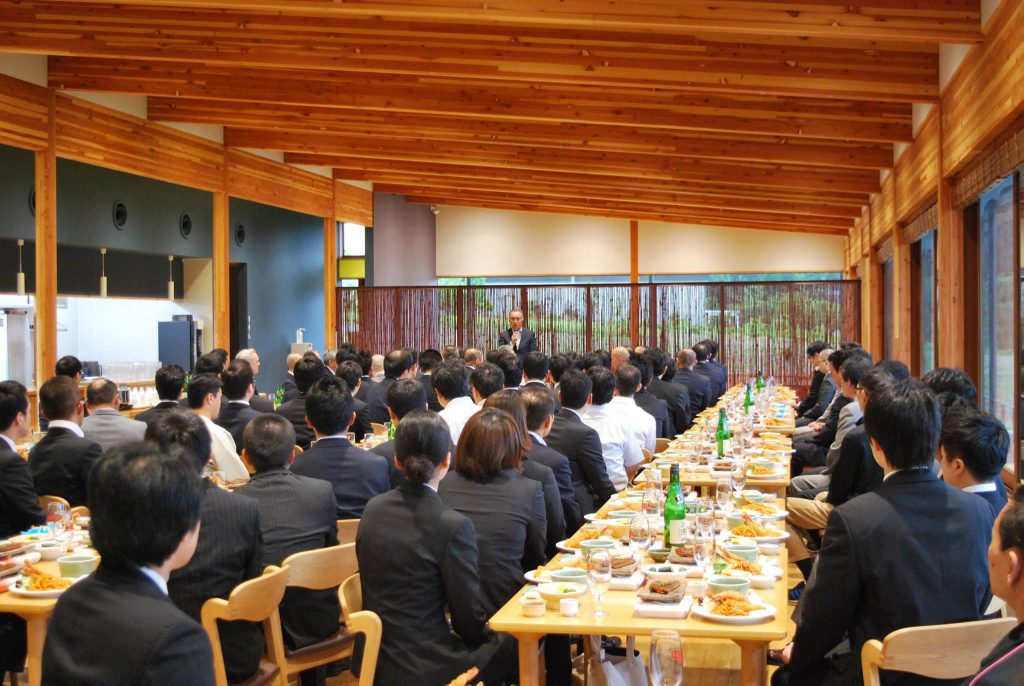
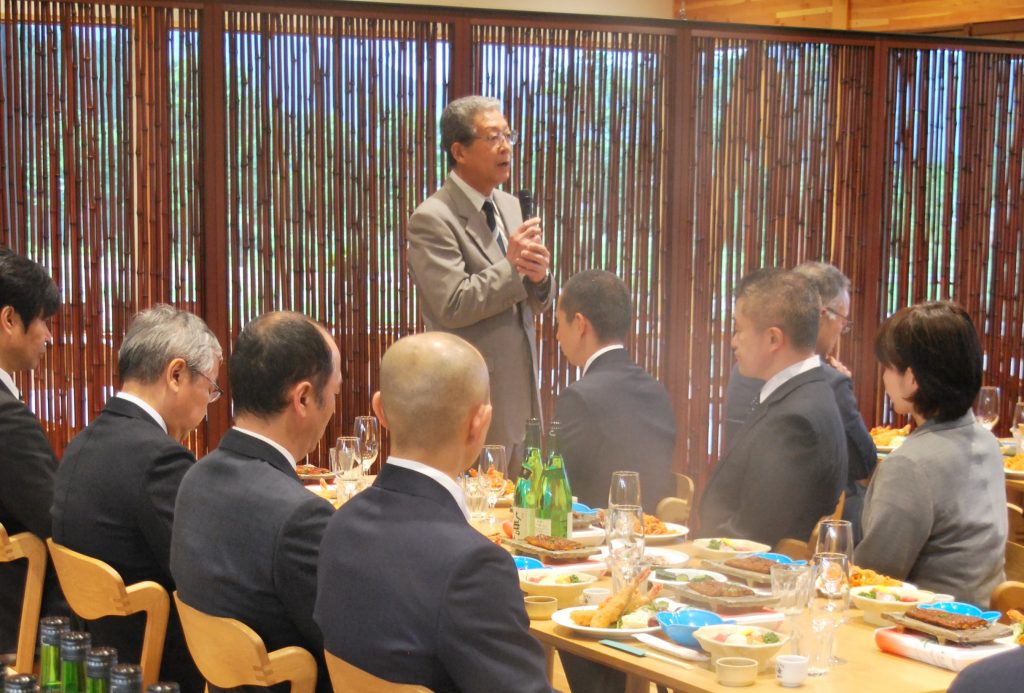
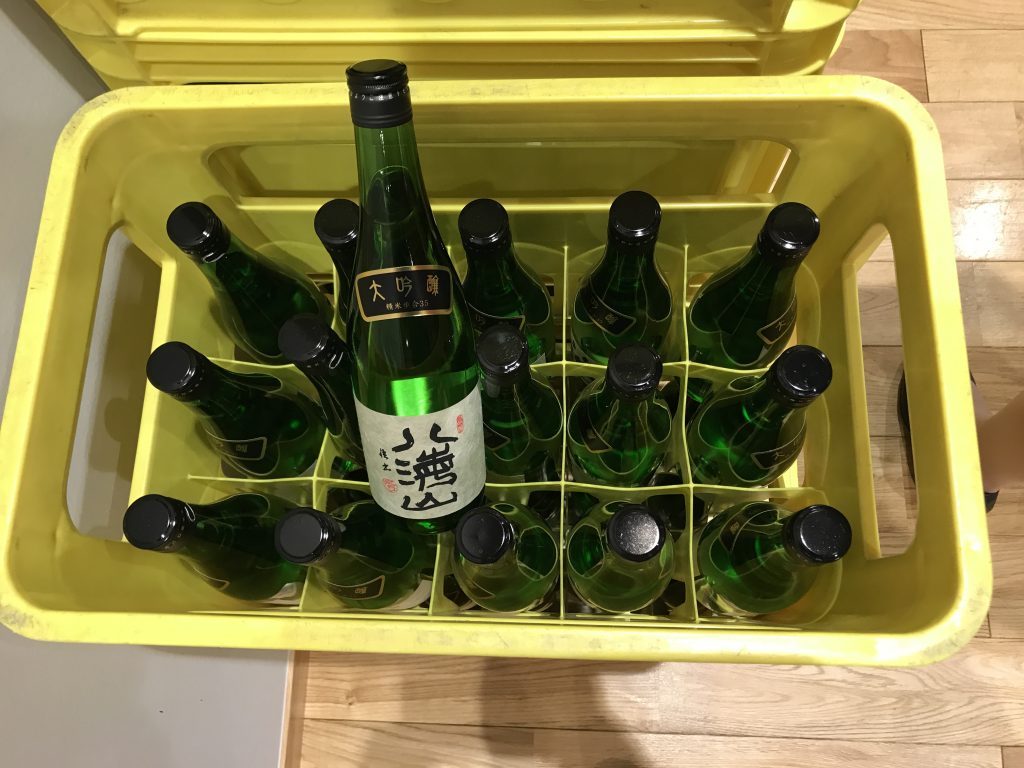
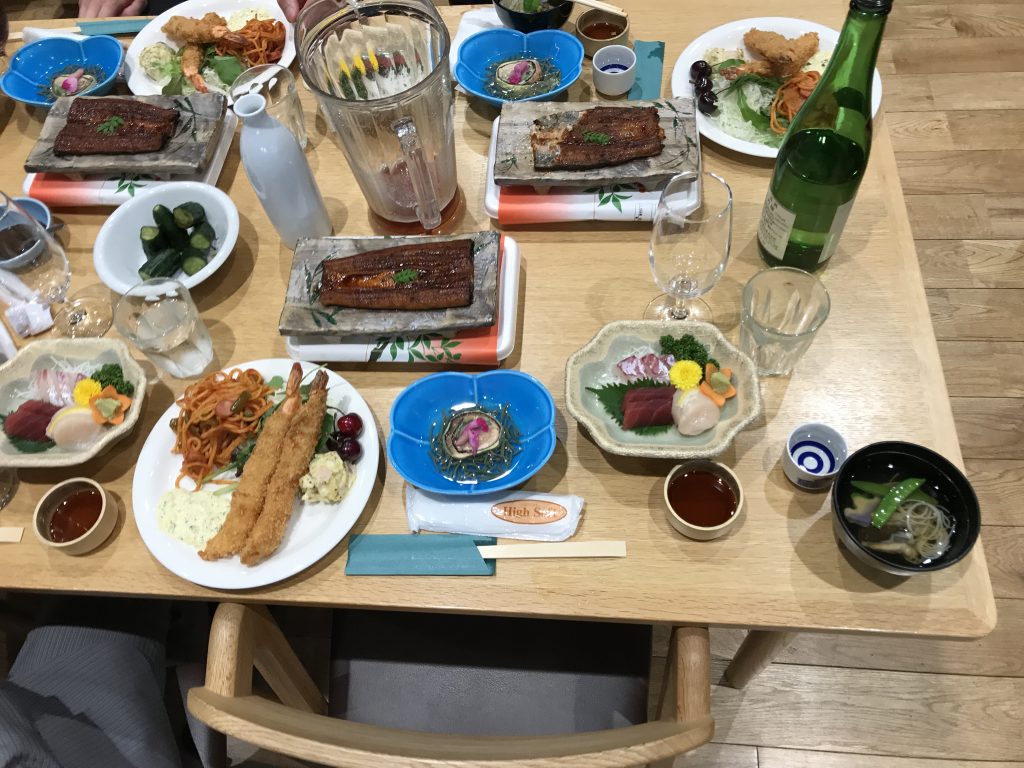

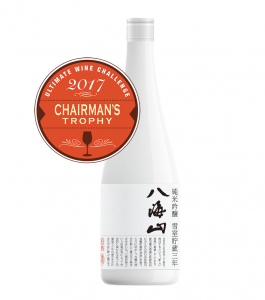 We are very please to announce the result of the 2017 Ultimate Wine Challenge!
We are very please to announce the result of the 2017 Ultimate Wine Challenge! 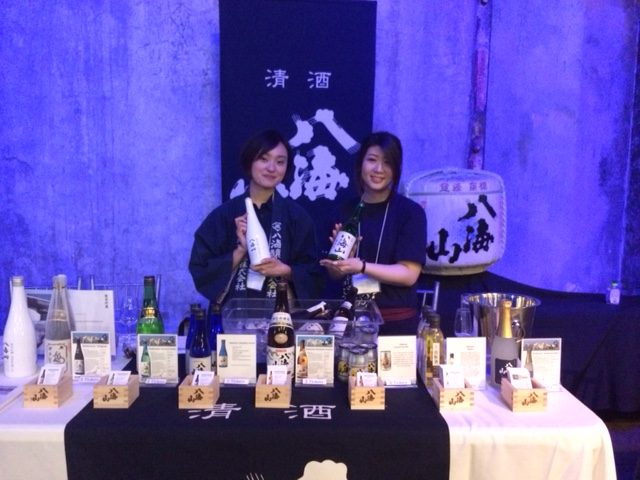 Hakkaisan again attended Toronto Canada’s biggest sake event “KAMPAI Toronto” on June 1st of this year. The Sake Institute of Ontario organized the event which is in its 6th year.. There were over 150 kinds of sake for tasting, and many brewers from Japan were in attendance as well as local restaurants booths to offer delicious food for sake pairing. The event started off with a Sake Seminar by Sake Samurais then tasting sake time for restaurants professionals and the media. A lot of people were sake educated and some traveled from far away cities such as Vancouver or Montreal. At the Hakkaisan booth, we introduced our latest sake “Snow Aged Junmai Ginjo 3 years” for the first time in Canada and gave our guests a pleasant surprise with the story and the taste of this new sake.
Hakkaisan again attended Toronto Canada’s biggest sake event “KAMPAI Toronto” on June 1st of this year. The Sake Institute of Ontario organized the event which is in its 6th year.. There were over 150 kinds of sake for tasting, and many brewers from Japan were in attendance as well as local restaurants booths to offer delicious food for sake pairing. The event started off with a Sake Seminar by Sake Samurais then tasting sake time for restaurants professionals and the media. A lot of people were sake educated and some traveled from far away cities such as Vancouver or Montreal. At the Hakkaisan booth, we introduced our latest sake “Snow Aged Junmai Ginjo 3 years” for the first time in Canada and gave our guests a pleasant surprise with the story and the taste of this new sake. 
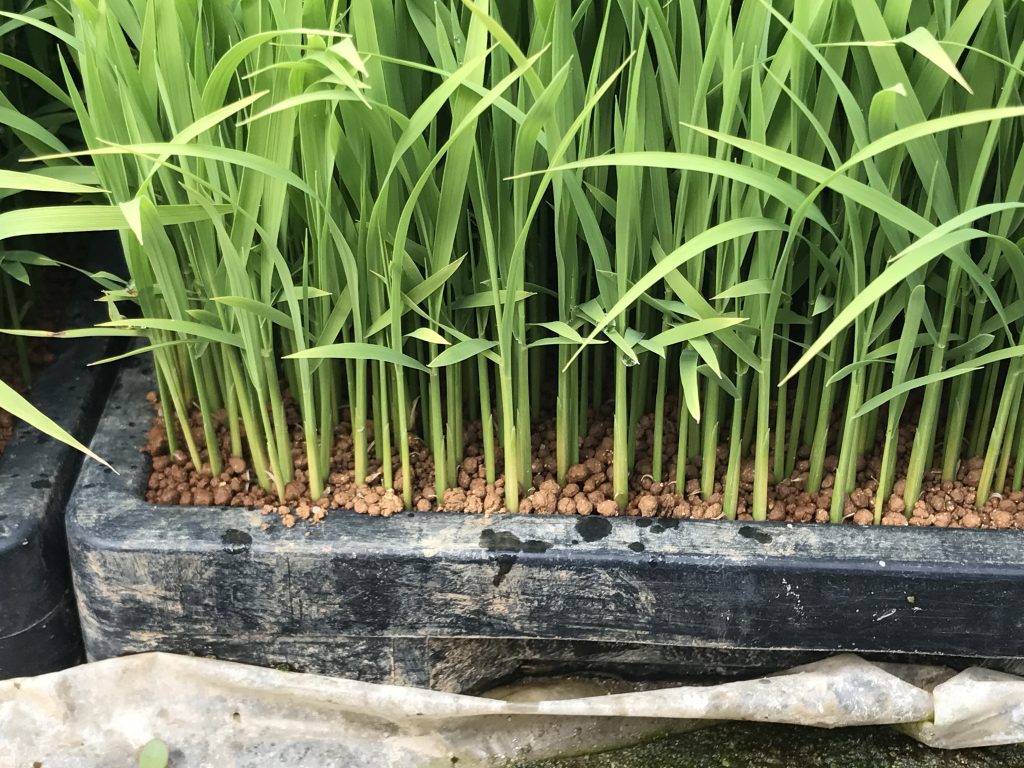
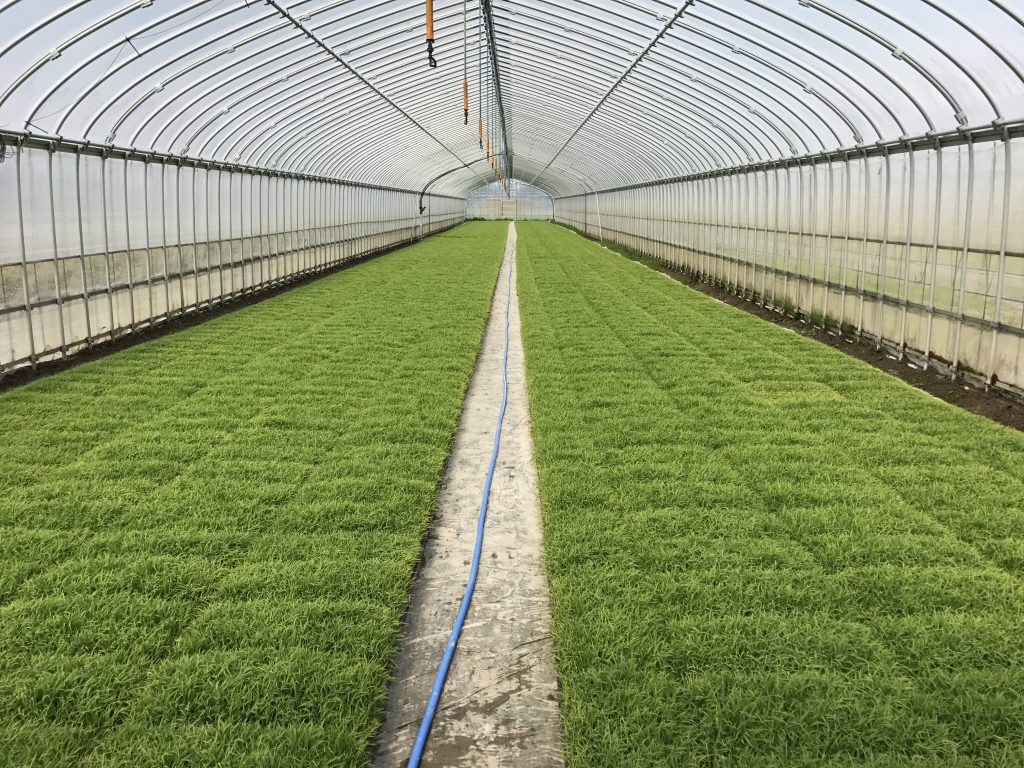
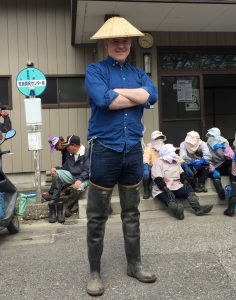
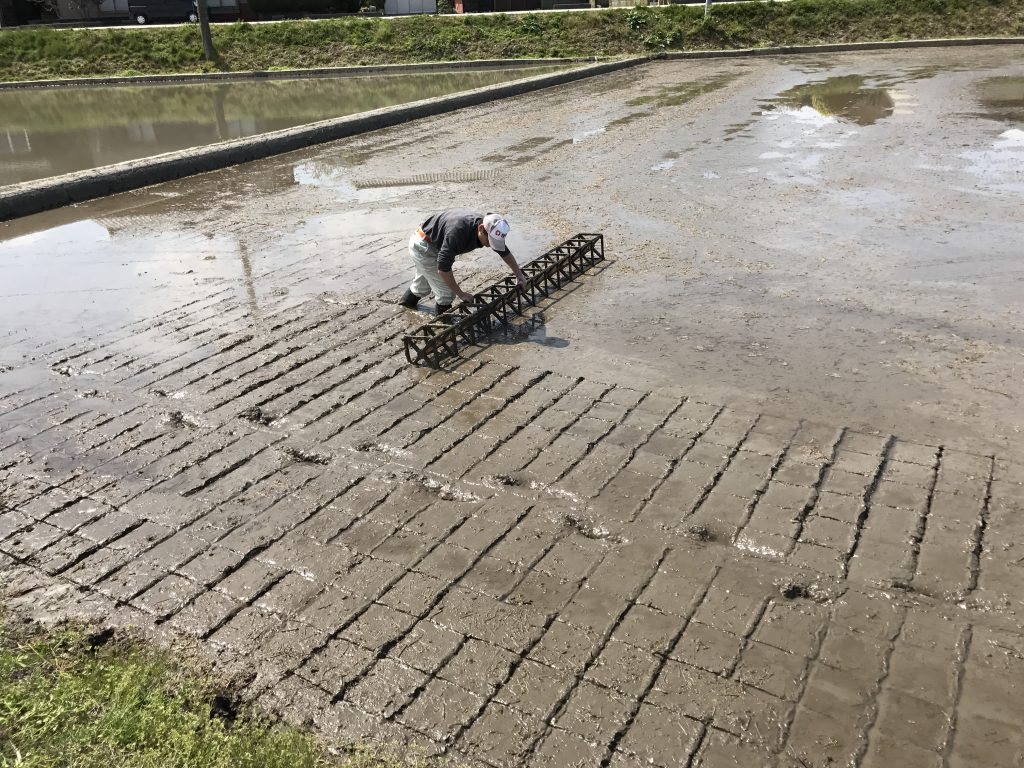
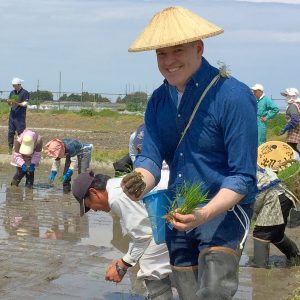
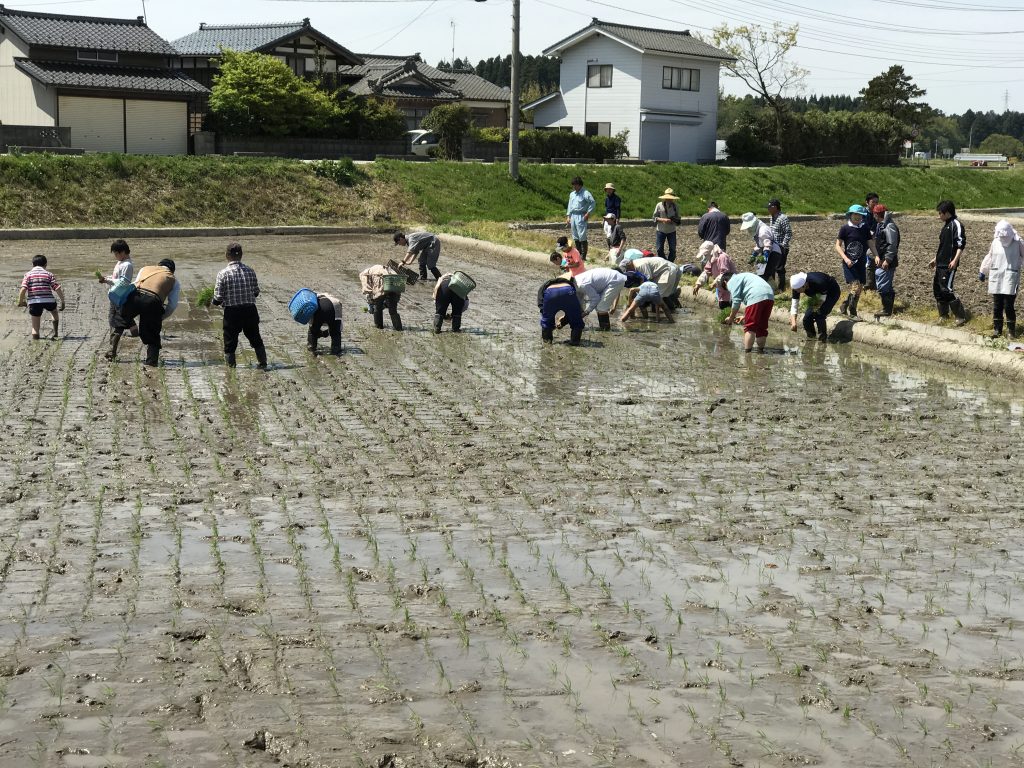



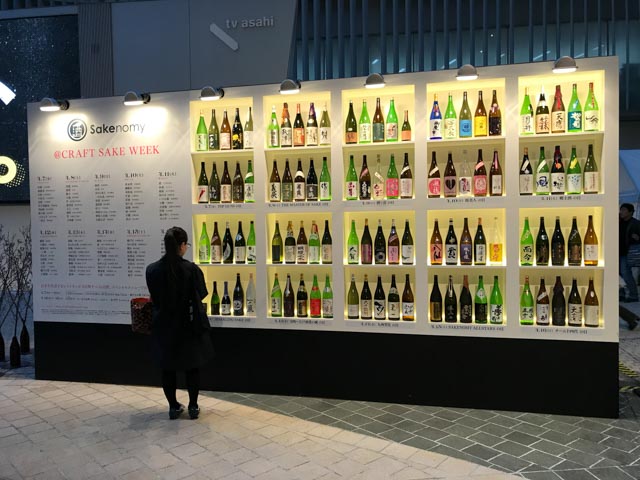
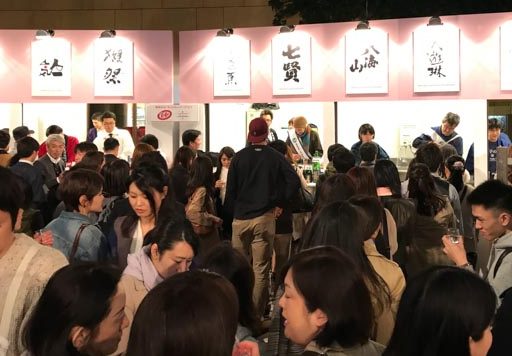
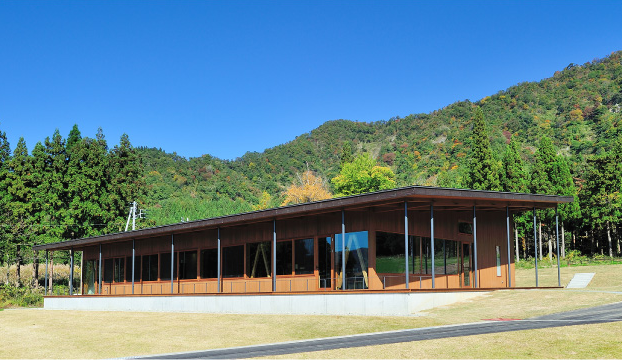
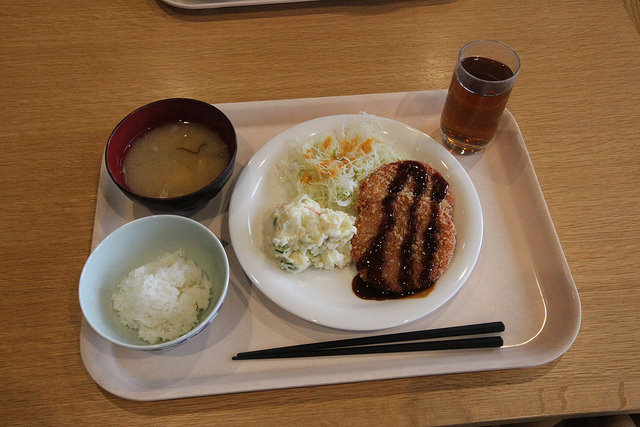
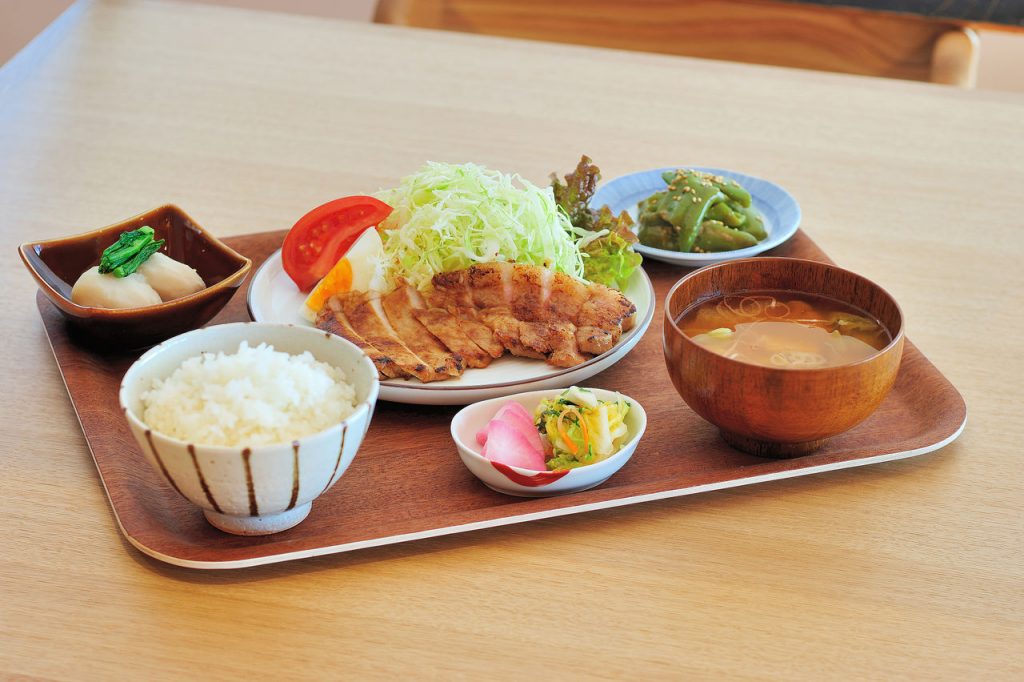
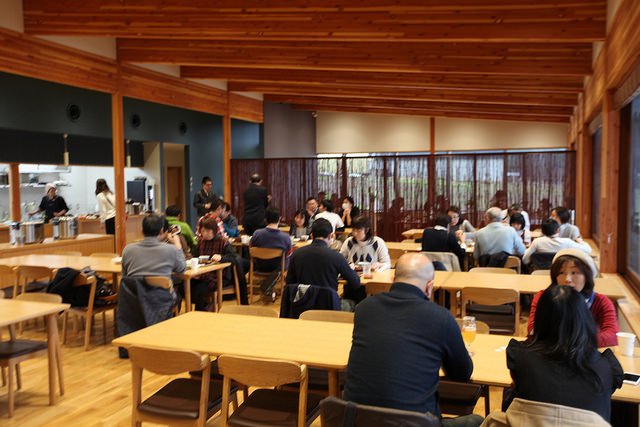
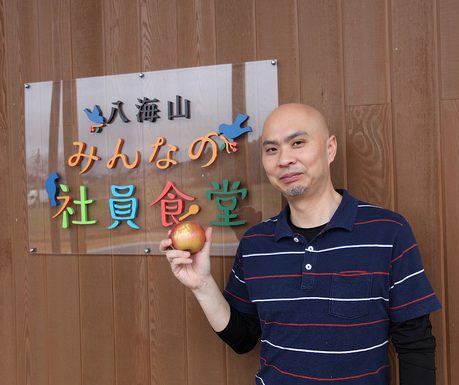

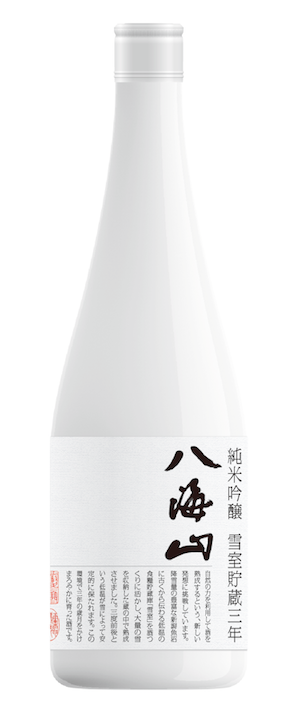
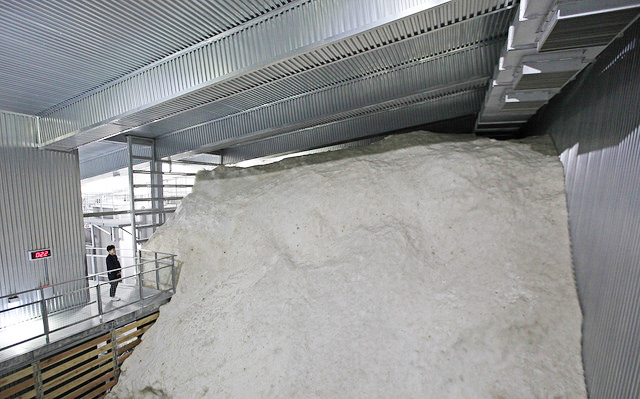
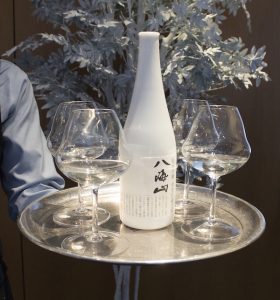 The other method used to create depth of flavor and richness is aging and bottling this sake as a genshu. Most sake is diluted with water after production to bring the alcohol percentage usually down to about 15.5%. By contrast, genshu is a style of sake that is undiluted with water, similar in concept to “cask strength” products in the world of whiskey. In the case of Hakkaisan Snow-Aged Junmai Ginjo 3 Years, the alcohol percentage is 17%. What are the advantages of genshu? As genshu sakes are higher in alcohol, they offer more body, weight and structure to the sake. This translates into the ability to pair genshu sakes with non traditional foods. The keyword here is Umami! Richer foods with lots of savory characteristics pair beautifully with this genshu sake. Pairing ideas along this vein include beef tenderloin, Mediterranean seafood and even liver paté. This genshu sake also has the heft to stand up to mildly spicy dishes as well, so please try this sake with black pepper chicken or beef curry.
The other method used to create depth of flavor and richness is aging and bottling this sake as a genshu. Most sake is diluted with water after production to bring the alcohol percentage usually down to about 15.5%. By contrast, genshu is a style of sake that is undiluted with water, similar in concept to “cask strength” products in the world of whiskey. In the case of Hakkaisan Snow-Aged Junmai Ginjo 3 Years, the alcohol percentage is 17%. What are the advantages of genshu? As genshu sakes are higher in alcohol, they offer more body, weight and structure to the sake. This translates into the ability to pair genshu sakes with non traditional foods. The keyword here is Umami! Richer foods with lots of savory characteristics pair beautifully with this genshu sake. Pairing ideas along this vein include beef tenderloin, Mediterranean seafood and even liver paté. This genshu sake also has the heft to stand up to mildly spicy dishes as well, so please try this sake with black pepper chicken or beef curry.